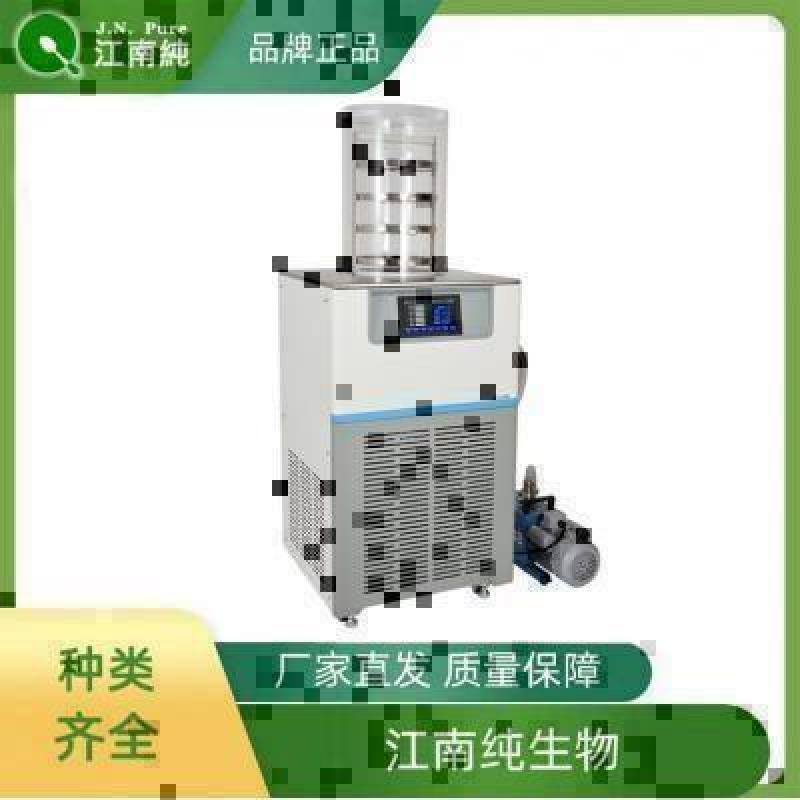Anti-C9orf103 antibody
| 英文名称 | C9orf103 |
| 中文名称 | 9号染色体开放阅读框103抗体 |
| 别 名 | bA522I20.2; C9orf103; Chromosome 9 open reading frame 103; Glucokinase like protein; Gluconate kinase; Gluconokinase like protein; GNTK_HUMAN; IDNK; OTTHUMP00000021546; OTTHUMP00000021547; Probable gluconokinase; RP11-522I20.2. |
DATASHEET
Host:Rabbit
Target Protein:C9orf103
IR:Immunogen Range:51-150/184
Clonality:Polyclonal
Isotype:IgG
Entrez Gene:414328
Swiss Prot:Q5T6J7
Source:KLH conjugated synthetic peptide derived from human C9orf103:51-150/184
Purification:affinity purified by Protein A
Storage:0.01M TBS(pH7.4) with 1% BSA, 0.03% Proclin300 and 50% Glycerol. Shipped at 4℃. Store at -20 °C for one year. Avoid repeated freeze/thaw cycles.
Background:C9orf103 (chromosome 9 open reading frame 103), also known as gluconate kinase, is a 187 amino acid protein that belongs to the gluconokinase gntK/gntV family and catalyzes the conversion of ATP and D-gluconate to ADP and 6-phospho-D-gluconate. Existing as three alternatively spliced isoforms, the gene encoding C9orf103 maps to human chromosome 9q21.32. Chromosome 9 consists of about 145 million bases, represents 4% of the human genome and encodes nearly 900 genes. Thought to play a role in gender determination, deletion of the distal portion of 9p can lead to development of male to female sex reversal, the phenotype of a female with a male X,Y genotype. Hereditary hemorrhagic telangiectasia, which is characterized by harmful vascular defects, is associated with the chromosome 9 gene encoding endoglin protein, ENG. Familial dysautonomia is also associated with chromosome 9 though through the gene IKBKAP. Notably, chromosome 9 encompasses the largest interferon family gene cluster.
Size:100ul
Concentration:1mg/ml
Applications:WB(1:500-2000)
ELISA(1:5000-10000)
IHC-P(1:100-500)
IHC-F(1:100-500)
ICC(1:100-500)
IF(1:100-500)
Cross Reactive Species:Human
Mouse
.
For research use only. Not intended for diagnostic or therapeutic use.


好评度